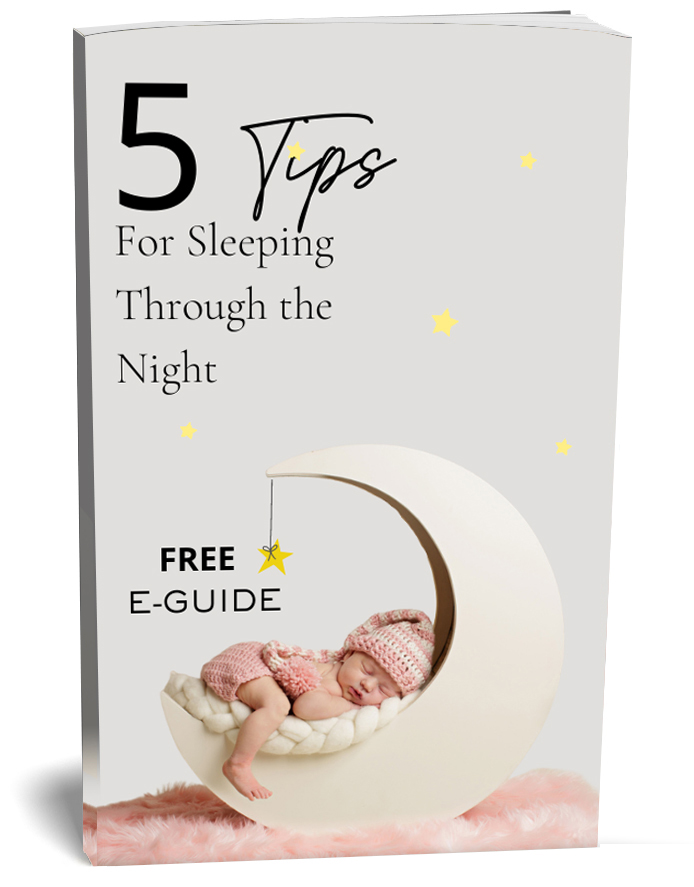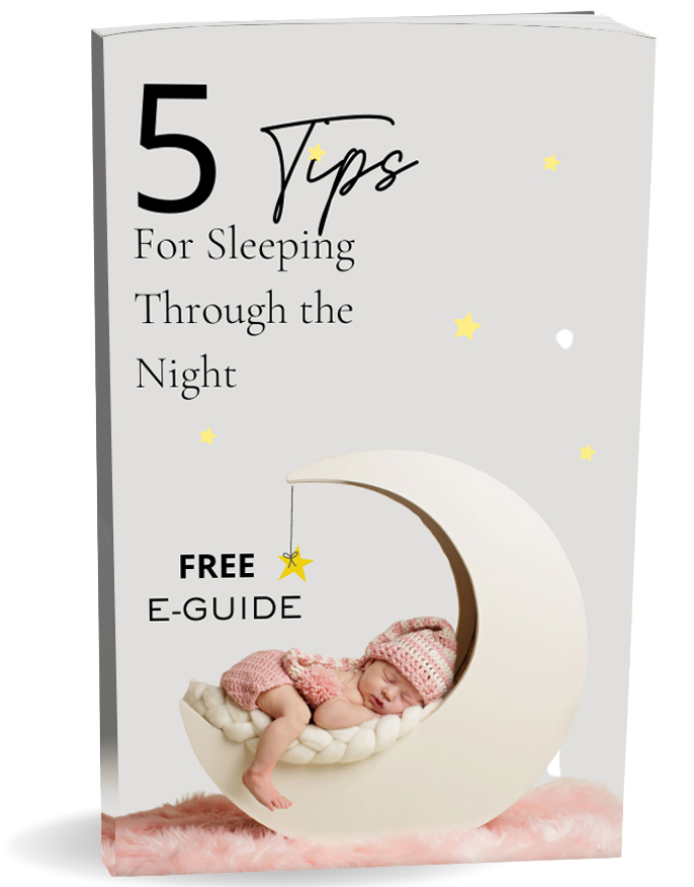The Secrets to Sleep: How to Get Baby to Nap Longer
When it comes to parenthood, there’s no time quite like naptime. The peace and tranquility give you a chance to sip a cup of coffee on the backyard deck, read a mystery thriller while lounging on your living room couch, or – most enticingly – use the bathroom without interruption.
At least, that’s what we want it to be like – the ideal idle, a mommy movement (or lack thereof) that provides a well-needed break, an opportunity for rest. But real life has other plans.
Naptime is often short, a quick snooze that leaves your baby needing you before you even reach the bottom of the stairs. They fuss, they scream, they call your name. It’s a good thing there isn’t a PA system in their nursery, because then they’d page you, too. Mommy, to the crib. Mommy, to the crib.
Unfortunately, stymied sleep is common: many moms and dads identify with this bummer of a slumber. And short naps typically lead to other troubles.
Short Naps, Bigger Issues
Short naps are problematic for parents and babies. Infants who nap in insufficient bursts experience trouble with nighttime sleep. This perpetuates a cycle of tossing and turning when evening beckons and constant, choppy sleep sessions during the day.
For the parents, this means your life revolves around naptime, which ultimately impacts your mental health as well as your ability to work or connect with others. You can’t meet your friends for lunch because of Junior’s schedule; it’s likely he’ll grow fussy before you even plunge a fork into your cobb salad.
So, you do what a lot of parents do. You research, you read, you talk to others in similar situations; they’ve boarded the same red-eye – Destination: Exhausted. You do whatever you can to help your child nap and you grow discouraged by the lack of success.
But don’t give up! Breaking the cycle isn’t as hard as you fear; in fact, there are many effective tricks to getting your child to nap longer.
The 45-Minute Mark
Sleep, especially for infants, feels like a form of art, yet it’s all about science. When a newborn enters the world, they do so with a sleep system that’s undeveloped and unregulated. That’s why their rest is random.
Their system solidifies more over the course of six months – they progressively sleep longer and sounder. Their sleep cycles extend to 45 minutes. This might seem short to parents, as you want your child to sleep through two or three episodes of Ozark. But if your child is sleeping at least 45 minutes, they’re experiencing a full cycle. And that’s a win……. a huge one.
If a baby consistently fails to reach this 45-minute mark, problems grow more potent. Even a 30-minute nap isn’t good enough and you must take action to avoid long-term effects.
Longer Naptime, Happier House
Everyone benefits from lengthened naps: longer naptime, happier house. And there are a few simple steps you can take to make sure this “daydream” becomes your reality.
Start by:
Looking for signals: Even though infants can’t talk, they’re extraordinarily communicative. When a baby grows overtired, they rub their eyes, yawn, and express frustration or angst. As soon as they give you the signal, get them to bed. Overtiredness in newborns triggers a stress response because of the increase in cortisol, making immediate action important.
Your child’s signals will eventually evolve into a predictable pattern, laying the foundation for a regular sleep schedule.
Making the bedroom welcoming: A soothing environment is crucial to sleep. If your child’s bedroom is bright, loud, or chaotic, it’ll work against them (and you). One of the best things you can do is make the room dark – this triggers melatonin and cues the body for rest.
Blackout curtains are a smart purchase; they turn the bedroom into night even if it’s high noon outside. You might also consider a white noise machine. It’s a subtle way to drown out background sounds like nearby construction, passing cars, and the 80’s music blaring from your Alexa.
Panning the props but setting a routine: Sleeping props (such as rocking your baby), provide exterior relief for the child; they don’t learn to fall asleep on their own because they don’t have to. And that’s exactly what you do not want. A child must learn to self-soothe and go towards or return to rest on their own. This allows them to settle back in for another sleep cycle, elongating their naps in the process.
While you don’t want props, you do want a routine. A routine tells your child that sleep is coming, granting a transitionary period where they can adjust. Set one for bedtime and use an abridged version before naps. Make sure you focus on an activity that’s calming. Listening to elevator music is good; moshing to Metallica in the hallway is not.
Once your baby is drowsy and relaxed, set them in their crib. Don’t wait until they’re conked out – remember, you want them to learn to fall asleep on their own. You don’t want to do it for them.
Employing patience: A common mistake parents make with naptime is pulling their child prematurely. The simple solution is this: when your child stirs, let them. If you appear at their side too soon, they’ll pass on further shuteye. After all, they’d much rather be with you, exploring the big, bold, interesting world.
It’s not always easy to employ this patience, especially when your child calls out or cries. Try to resist a little more each day until your nap goals are reached. It’s hard: remind yourself, as often as you need to, that you’re training your child to sleep and not setting them up for therapy.
Asking for help: Of course, sleep isn’t always straightforward – you get creative, you adapt, you bribe the Sandman and it still proves evasive. If your problems persist, don’t hesitate to ask a sleep professional for help. That’s what we’re here for.
Perhaps the best thing you can do is believe in yourself, in your child, and in the process; the above tips will help you cultivate the confidence you need to nip short naps in the bud…and the bed.
If your child’s in need of sleep assistance, please take a look at my Sleep Packages!






















